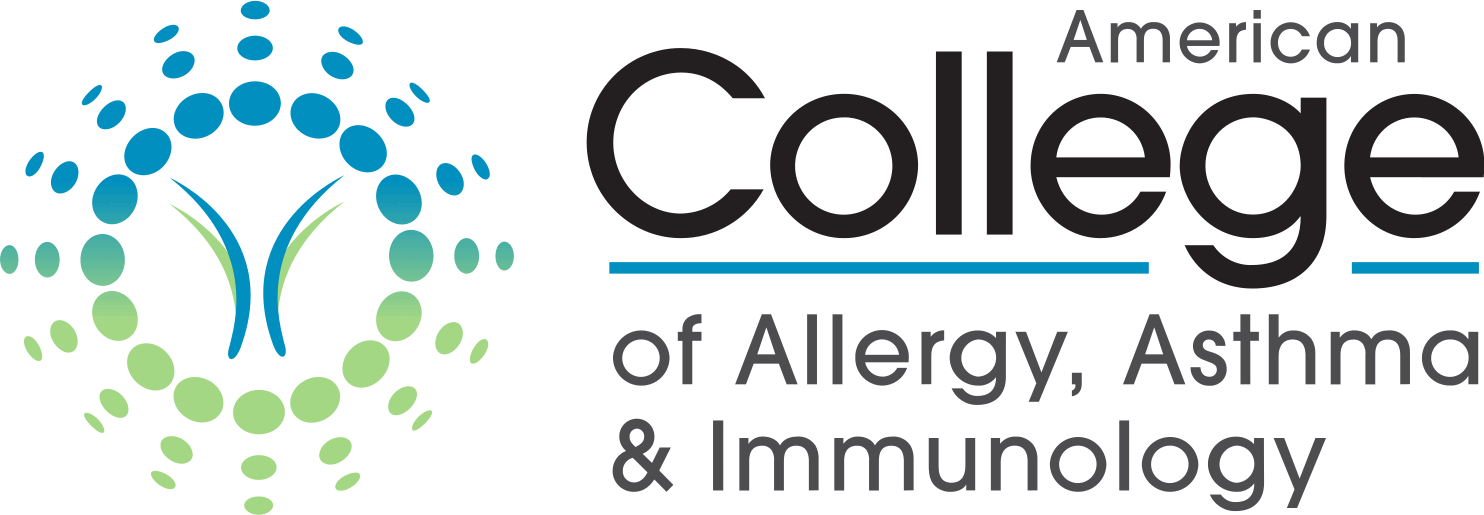Newswise — The nation's allergists and emergency physicians are teaming up to help the millions of Americans at risk for severe allergic emergencies to Be S.A.F.E. The new public education campaign features an action guide brochure and Web site resources created by the American College of Allergy, Asthma and Immunology (ACAAI) and the American College of Emergency Physicians (ACEP) to raise awareness of and help prevent deaths caused by anaphylaxis, the medical term for severe allergic emergencies that affect up to 40 million Americans.
Anaphylaxis is a life-threatening, often unexpected, severe allergic reaction that affects many parts of the body at once. Like other allergic reactions, the condition is the body's overreaction to a foreign substance that ordinarily is harmless. Common causes of severe allergic emergencies are food, insect stings, medications and latex. In some instances, severe allergic emergencies are fatal, with up to 1,500 deaths each year.
"Many deaths from anaphylaxis are preventable with immediate medical attention," said allergist Phil Lieberman, M.D., co-chair of the Be S.A.F.E. campaign. "For some, especially those with asthma, it can take just 1 to 2 minutes for a mild allergic reaction to escalate to anaphylaxis. That's why it's critical for people to know how to take action."
Symptoms of a severe allergic reaction may include hives, itchiness and redness on the skin, eyelids, lips or other parts of the body; swelling of the tongue, throat and nose; nausea, cramping and vomiting or diarrhea; dizziness and fainting or loss of consciousness; and wheezing or difficulty breathing.
To address the challenges of diagnosing and treating anaphylaxis in the emergency department, an expert panel of allergists and emergency physicians was convened in Chicago in April by ACAAI and ACEP. The panel discussed ways to improve management of anaphylaxis in emergency departments including development of new educational materials for patients and greater collaboration between emergency professionals and allergy specialists.
"Emergency physicians are on the front lines treating severe allergic reactions that people often mistake for some other crisis, like a panic attack," said emergency physician Wyatt Decker, M.D., co-chair of the Be S.A.F.E. campaign. "The millions of people at risk for these allergic reactions need to understand the importance of learning everything they can about their condition by following up with an allergist for a diagnosis and a disease management plan."
Allergist Clifford W. Bassett, a member of the ACAAI public relations committee and a former emergency room physician, said the significance of physician collaboration to help patients understand anaphylaxis cannot be underestimated. "It is important that emergency physicians and allergists work closely together to educate the public about anaphylaxis and other severe allergic reactions, optimize treatment of these conditions in emergency departments and ensure that patients receive appropriate follow up with a specialist," Dr. Bassett said.
To help the public remember the steps to take during and after an allergic emergency, allergists and emergency physicians developed the Be S.A.F.E. guide:
SEEK immediate medical help " Call 911 and get to the nearest emergency facility at the first sign of a reaction, even if you've already administered the anti-allergy drug epinephrine.
Identify the ALLERGEN " Think about what you might have eaten or come in contact with " food, insect sting, medication or latex " that could trigger an allergic reaction.
F0LLOW UP with a specialist " Ask your doctor for a referral to an allergist/immunologist, a physician who specializes in treating asthma and other allergic diseases. An allergist can provide testing, diagnosis and an ongoing treatment plan to help you manage your condition.
Carry EPINEPHRINE for emergencies " Kits containing fast-acting, self- administered epinephrine shots are commonly prescribed for people who are at risk of anaphylaxis. People with severe allergies and those around them should make sure they know where an epinephrine kit is and how to give an injection.
Consumers can find a free online brochure and learn more about severe allergic emergencies and the Be S.A.F.E. campaign by visiting the patient education section at www.acaai.org or calling toll free (800) 842-7777.
Healthcare professionals can download the quick reference card and find information about the Be S.A.F.E. campaign by visiting the health professionals section of www.acaai.org . Physicians also can download the Be S.A.F.E. consumer education brochure by visiting the patient education section of the ACAAI Web site, and can obtain ordering information from the member or health professionals sections.
The Be S.A.F.E. campaign is supported by an educational grant from Dey, L.P.
About the American College of Allergy, Asthma and Immunology
ACAAI is a professional medical organization headquartered in Arlington Heights, Ill., that promotes excellence in the practice of the subspecialty of allergy and immunology. The College, comprising more than 5,000 allergists-immunologists and related health care professionals, fosters a culture of collaboration and congeniality in which its members work together and with others toward the common goals of patient care, education, advocacy and research.
About the American College of Emergency Physicians
ACEP is a national medical society with more than 23,000 members who specialize in emergency medicine. ACEP is committed to advancing of emergency care through continuing education, research, and public education. Headquartered in Dallas, Texas, ACEP has 53 chapters representing each state, as well as Puerto Rico and the District of Columbia. A Government Services Chapter represents emergency physicians employed by military branches and other government agencies.
